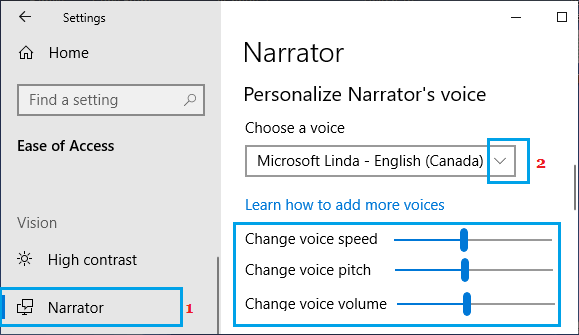

Of course, it’s always a better option to get the latest drivers from your computer manufacturer. In my case, the troubleshooter notified me that my system was using a generic audio driver. To run the audio troubleshooter, click Start → Settings → Update & security → Troubleshoot → Playing Audio → Run the Troubleshooter.Īlternately, open an admin Command Prompt and run: msdt.exe -id AudioPlaybackDiagnostic -skip yes -ep SndVolTrayMenu -elevated yes The above command reinstalls the ShellExperienceHost package, responsible for the Start menu & Taskbar functionality.Īlthough the audio may work fine, see if the Audio Troubleshooter picks up misconfiguration in the system, if any. Start PowerShell.exe as administrator and then run this command: Get-AppxPackage | Foreach This particular fix applies to Windows 10 and may not be required if you’re running Windows 11. See if the volume control button works now. This restarts the explorer shell and refreshes the Start menu and taskbar (Shell experience host).
VOLUME SCROLL WINDOWS 10 DISABLE HOW TO
(For more information, check out the article How to Exit Explorer and Restart Explorer)

Right-click on the Taskbar, and click Task Manager.The quickest way to resolve the issue is to restart the Explorer shell. The volume control icon may fail to respond intermittently for unknown reasons. Using keyboard to control the volume (with an AutoHotKey script) Taskbar Volume Control Icon does not work Fix 1: Restart Explorer via Task Manager.Enable the legacy Volume Control slider.While the taskbar volume control icon is non-responsive, audio may still work on the computer, and you’re able to open sndvol.exe and adjust the volume. The right-click menu has options to open the volume mixer, sound settings, launch the Sounds applet where you can enable/disable playback and recording devices, and alter other properties. When the Taskbar gets stuck, none of the notification area icons respond. The speaker volume control slider and the context menu that appears when you right-click on the speaker icon use the modern UI (a.k.a immersive shell). Moreover, the immersive shell menu responsiveness is usually a bit slow compared to the classic Windows menus. It was not unusual to see the Taskbar or the Start menu become non-responsive, especially in the earliest Windows 10 builds. Right from the early Windows 10 builds, the Start menu and Taskbar (immersive shell) have always been buggy. This post explains how to fix the volume control (speaker) icon in Windows 10 and Windows 11.


 0 kommentar(er)
0 kommentar(er)
